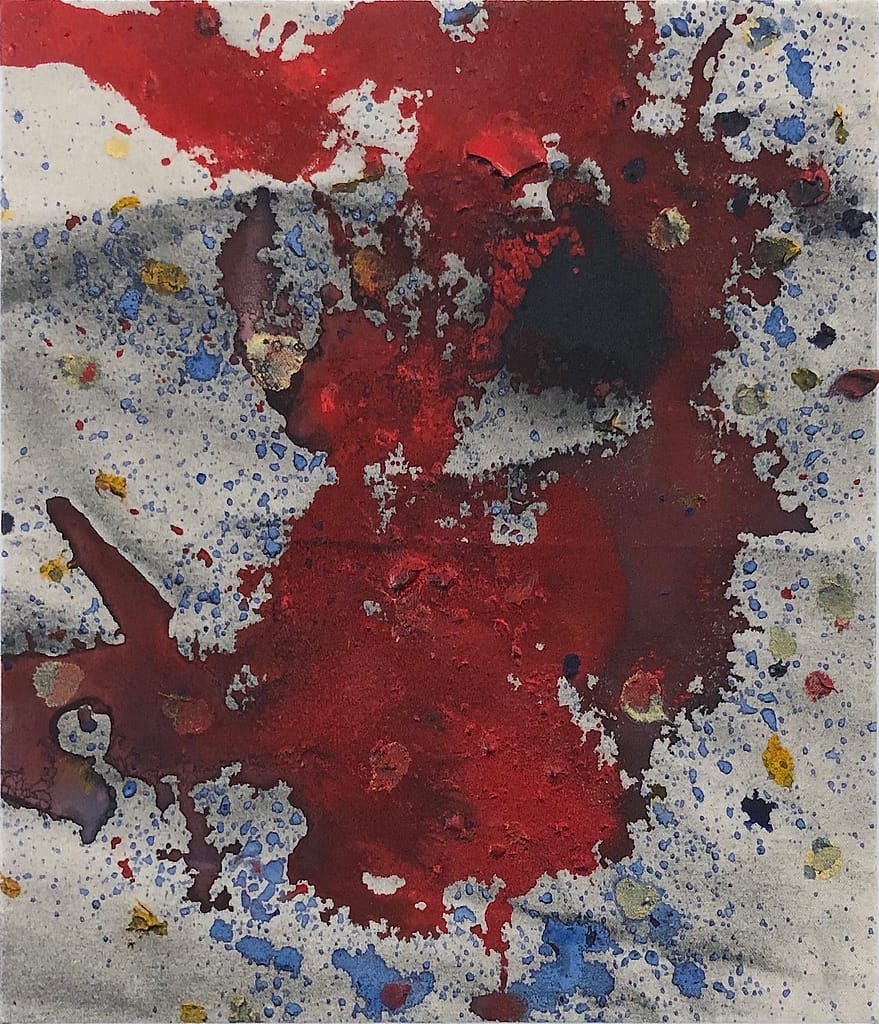Artist Q&A with Augustus Goertz
Augustus Goertz was born in 1948 and raised together with two sisters in an artistic/bohemian household by artist parents, Esther Meyer Goertz, and August Goertz, in Greenwich Village, New York City. He received his education at LaGuardia High School in NYC, Carnegie Mellon University in Pittsburgh, PA, and earned his BFA in Viusal Arts from the San Francisco Art Institute in San Francisco, CA, where he studied with Bruce Nauman, Jay Defeo, and Wally Hedrick.

Who is your favorite artist of all time?
Either a nameless cave painter or that productive bad boy of all time Pablo Picasso.
How did you become a professional artist?
Among my very first memories are those of making art. Both my parents were artists. My father was a painter and my mother did mostly woodcuts. I grew up playing with their materials and never stopped.
What are the influences and inspirations in your work?
Jay Defeo said to me, “You are already an artist. Why are you in art school?” Bruce Nauman said to me, “You are the best sculptor who is actually a painter.” Roy Lichtenstein said to me in his kitchen, “You always have to go over everything yourself, if you want it done right.” Tom Akawie, who taught me spray painting, is also a major influence in my work.

How is your work different than everything else out there?
I think my work is very philosophical. In my view, art is philosophy made manifest. Conceptually, I have a lifelong interest in our place in the universe. The big perspective. Because of this, I developed an interest in the ramifications of quantum theory. Another interest has … Click here to read more







